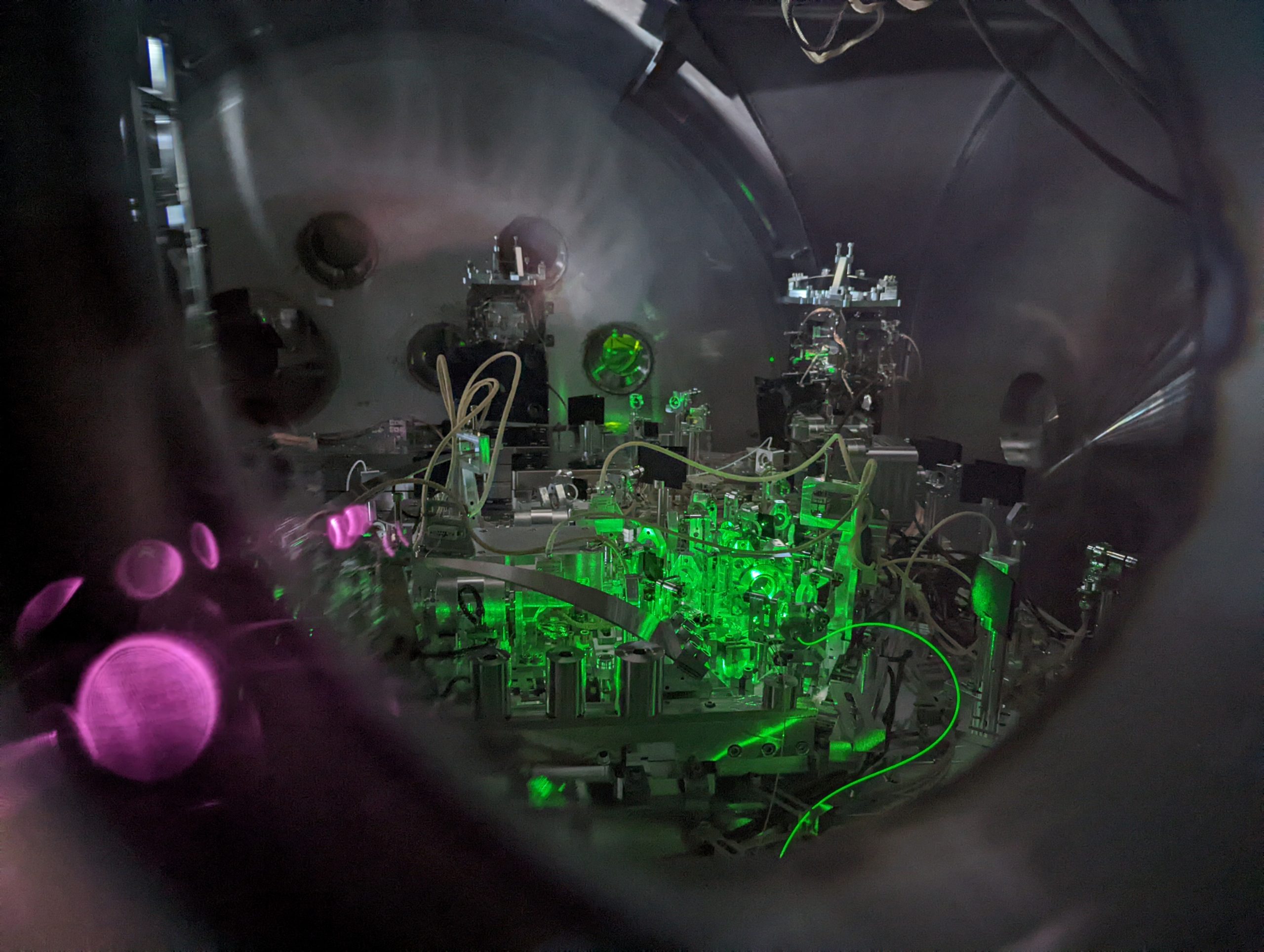Quantum-Enhanced Metrology
A fundamental prerequisite for quantum sensing, computing and metrology is the preservation of quantum coherence. LIGO provides an important testbed for understanding decoherence effects in a practical setting. In particular, intrinsically quantum “squeezed” states of light, which cannot be described by a semiclassical radiation field, are a pivotal technology which have allowed the advanced LIGO detectors to reach their current sensitivity. The current detectors are broadly limited by the quantum nature of light, i.e. the uncertainty in the phase and amplitude quadratures of the fields circulating in the detector. In the gravitational wave readout, this is manifested as shot noise above ~100Hz and radiation pressure noise below ~100Hz. Squeezed states of light have manipulated uncertainties in phase and amplitude quadratures. Using nonlinear optics and optical resonators one can reduce the uncertainty in the quadrature of interest and increase it in the opposite quadrature. For the fourth observing run both LIGO and Virgo are injecting frequency-dependent squeezed states to allow for broadband enhancement of the sensitivity.
The efficient production and effective experimental utilization of squeezed light requires design of and control over the channels by which the classical world interacts with the quantum system. At Syracuse University we are developing a squeezed light test bed, with which we can devise new controls schemes and noise reduction techniques to improve the on-site squeezed light sources. We are also working on the design and implementation of a squeezed light source for Cosmic Explorer.

